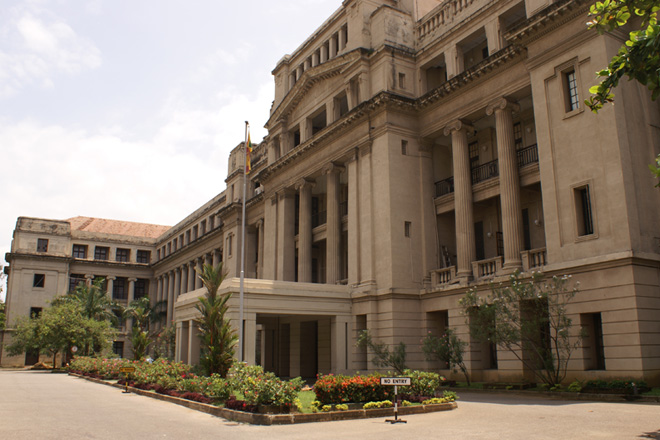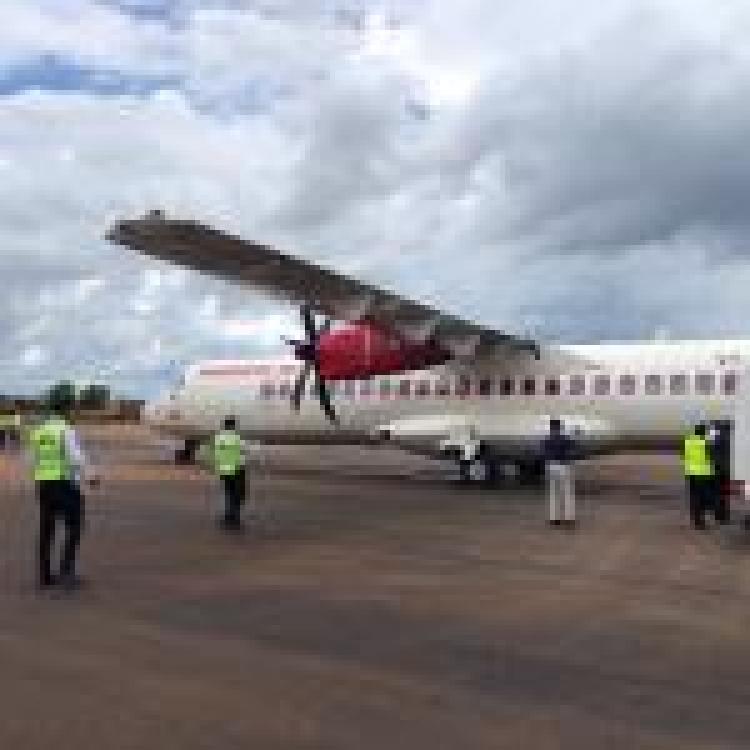
Responding to a downgrade in credit ratings from Moody, a global rating agency, from a B2 to a Caa1, Sri Lanka’s Finance Ministry has hit back claiming that such a report is “unwarranted” “premature and reckless”.
Rationale for the downgrade
According to Moody, the rationale for the downgrade was an understanding that Sri Lanka “continues to face very tight external financing conditions and a significant decline in revenue from a sharp and prolonged economic slowdown”.
“This shock occurs at a time when Sri Lanka's credit profile is highly vulnerable given low reserve coverage of large forthcoming external debt payments, and very weak debt affordability”, they add.
The agency further maintained that external risks are likely to intensify as Sri Lanka holds an approximate $4 billion dollars in debt service payments between 2020 and 2025. This is coupled with wide budget deficits over the next few years which will require external financing.
Sri Lanka is heavily reliant on international sovereign bonds which comprise “a sizeable portion of maturing government debt” but leaves the country “to shifts in investor sentiment”.
The agency further highlights issues with Sri Lanka’s governance and institutions stating:
“Governance considerations are an important driver of today's decision to downgrade the rating. Moody's assessment of Sri Lanka's institutions and governance strength primarily relate to the slow pace of reform implementation, as well as political risks, which impair the effectiveness of fiscal and economic policymaking”.
They further state that the country’s “fragile and deteriorating fiscal position will continue to impede fiscal policy effectiveness”.
Reliance on international partners
In the Finance Ministry’s rebuttal of the agency’s report, they note to support that the country has received from India and China. In July 2020, India’s Reserve Bank provided a substantial currency swap amounting to $400 million dollars. Whilst also securing a loan from China’s Development Bank, in March, of $1.2 billion dollars.
The Finance Ministry also notes an “expected disbursement of the 2nd trance of the Foreign Currency Term Financing Facility proceeds from the China Development Bank” this October.
China has also been heavily involved in investments in Sri Lanka through investments in the Hambantota Port, as well as infrastructure and manufacturing projects.
Writing in the Wire India, Mario Arulthas and Madura Rasaratnam, note that Sri Lanka’s high debt is a symptom of its “inability to generate sufficient income through competent, fair and systematic taxation that can be used to fund investment and meet expenditures on public services as well as the growing weight of military expenditure”.
This has led to a reliance on development aid from western states as well as Japan. However, since the end of the Cold War, these funds have significantly reduced.
Read more here: What Gotabaya’s Presidency will mean for Tamil politics and development in Sri Lanka
Moody’s report predicts that the government will settle its October 2020 $1 billion dollar maturity by relying on foreign reserves which, they state, “further deplete already thin external buffers”. They further maintain that this will protract economic recover if important controls are extended so as to preserve exchange rate stability.
Substantial increases in domestic borrowing, they note, “may hurt private sector liquidity, constraining the economic recovery and putting pressure on interest rates and the Sri Lankan rupee”.
Moody expects that “high and higher debt servicing costs, lower revenue and increased fiscal spending will widen the budget deficit, to 8% - 9% of GDP in 2020-21”.
Impact of COVID
Sri Lanka’s Finance Ministry has emphasised the devastating impact the outbreak of the coronavirus has had on emerging markets like Sri Lanka causing “initial capital outflows, exchange rate depreciation, the slowdown in activity, and pressure on government finances”. However, he maintains that due to swift decision taken by the government Sri Lanka is “moving along a recovery path towards growth and stability”.
However, this analysis clashes with that provided by Moody which notes that which the coronavirus did induce a shock it “significantly weaken Sri Lanka's already fragile funding and external positions”.
Moody further states that it expects Sri Lanka “will be slow to recover amid weaker economic growth and expenditure pressure from public sector wage hikes and higher debt servicing costs will continue to limit flexibility”. They further maintain that the current shock will challenge the effectiveness of the country's monetary policy.
The organisation further maintains that the slow pace of reform implementation, as well as political risks in Sri Lanka, have impaired “the effectiveness of fiscal and economic policymaking”.
According to, Mario Arulthas and Madura Rasaratnam, Sri Lanka’s current economic appears to simply perpetuate a system of patronage which “will reward loyalists and build up a party base but will not generate widespread prosperity”.
They highlight this in the government’s flagship policy of the administration; a scheme to “offer jobs to 100,000 people from the most deprived families as well as to employ 50,000 graduates” but excludes the Tamil North-East.
Read the Moody report here and Sri Lanka's Finance Ministry's response here.



